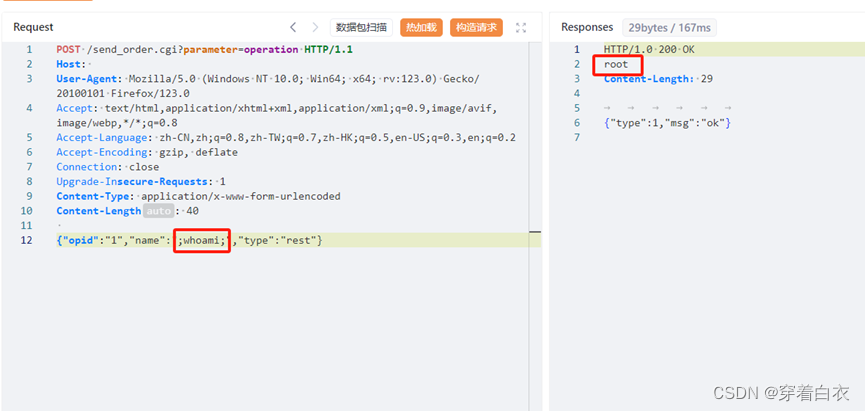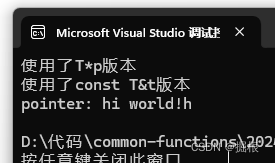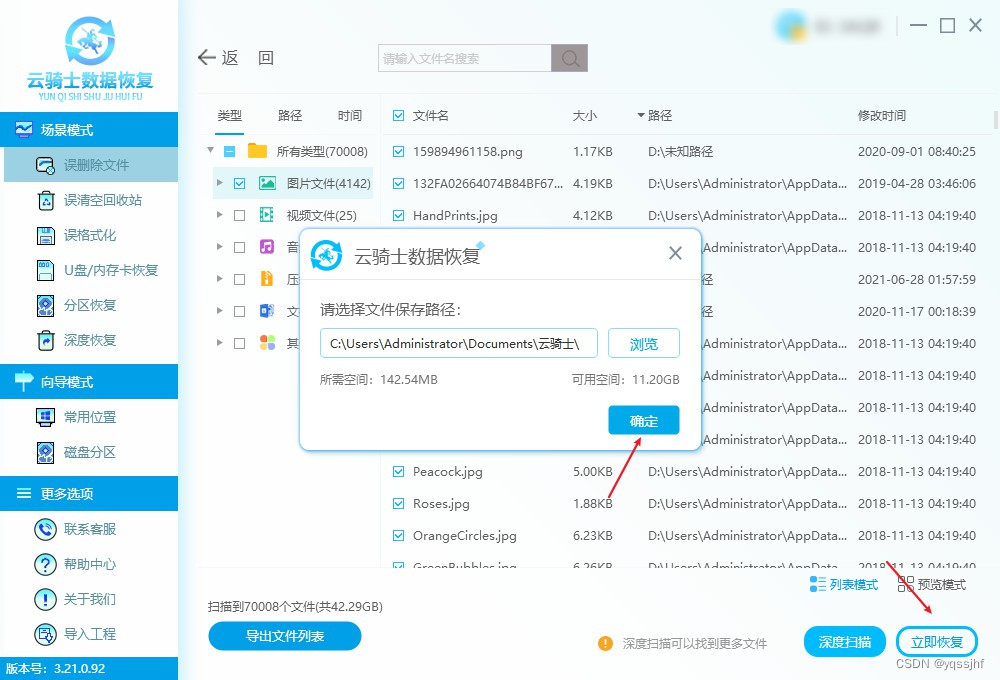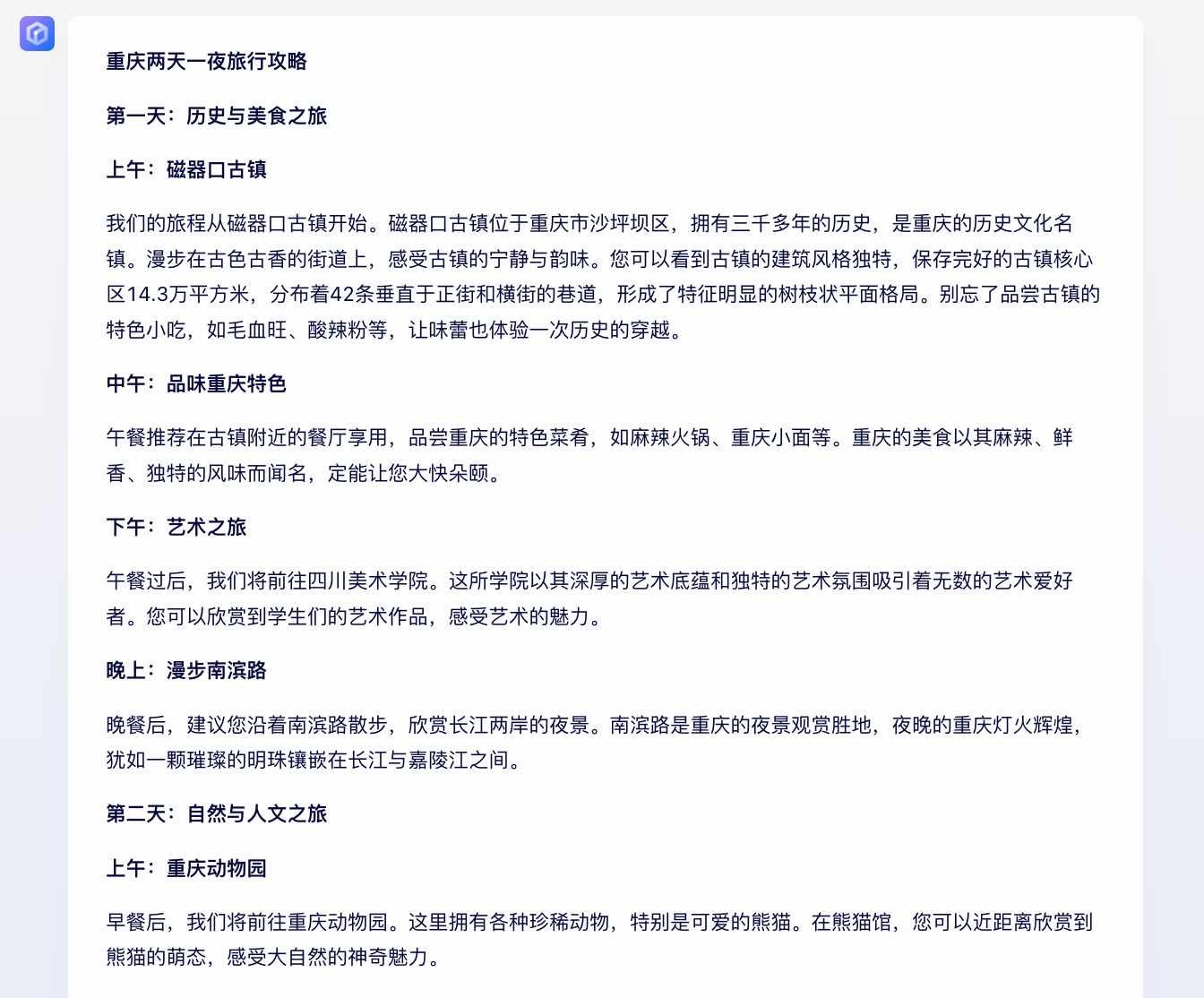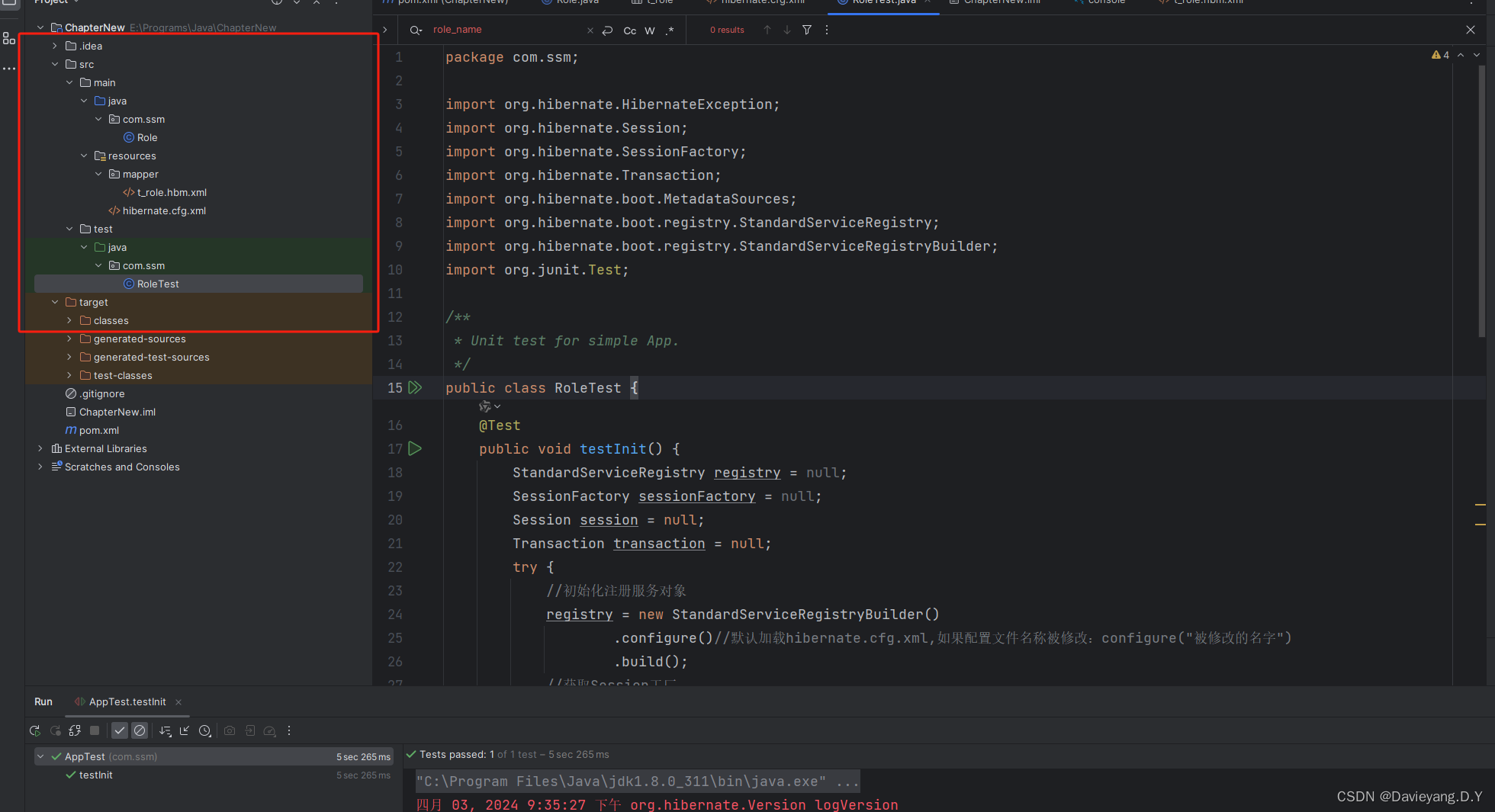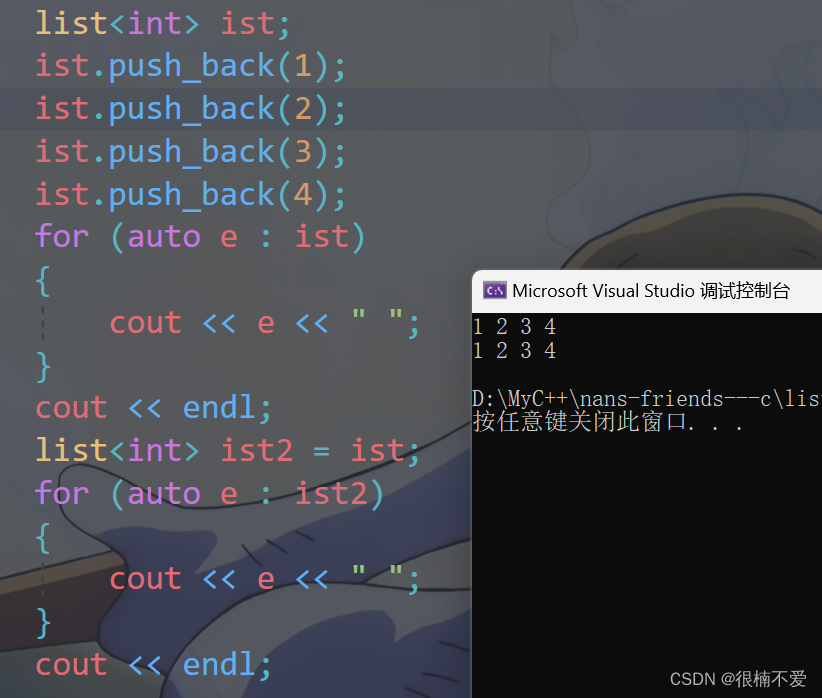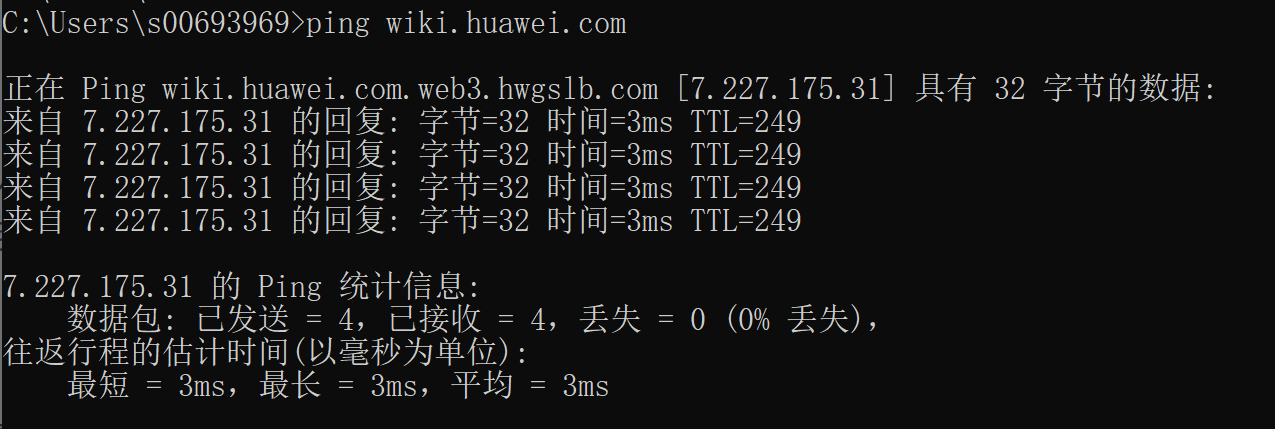0.线程状态
初始化:该线程正在被创建;
就绪:该线程在列表中就绪,等待CPU调度;
运行:该线程正在运行;
阻塞:该线程被阻塞挂机,Blocked状态包括:pend(通过锁、事件、信号量等阻塞)、suspend(主动pend),延时阻塞(delay)、pendtime(因为锁、事件、信号量时间等超时等待)
退出:该线程运行结束,等待父线程收回器控制块资源
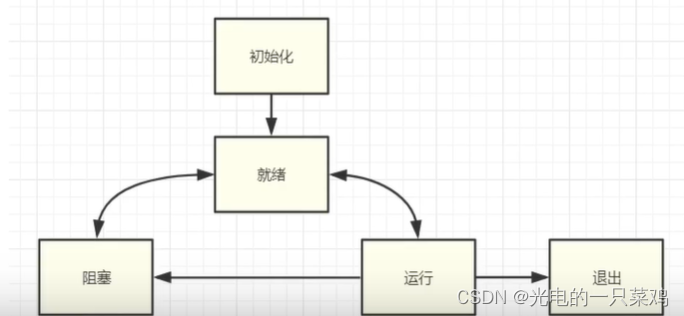
1.竞争状态和临界区
竞争状态:多线程同时读写共享数据;
临界区:读写共享数据的代码片段
因此,在代码运行过程中,需要避免竞争状态策略,对临界区进行保护,同时只能有一个线程进入临界区
2.代码案例
#include <iostream>
#include <thread>
void TestThread()
{
std::cout << "===========================" << std::endl;
std::cout << "test 001" << std::endl;
std::cout << "test 002" << std::endl;
std::cout << "test 003" << std::endl;
std::cout << "===========================" << std::endl;
}
int main()
{
for (int i = 0; i < 10; i++)
{
std::thread th(TestThread);
th.detach();
}
getchar();
return 0;
}
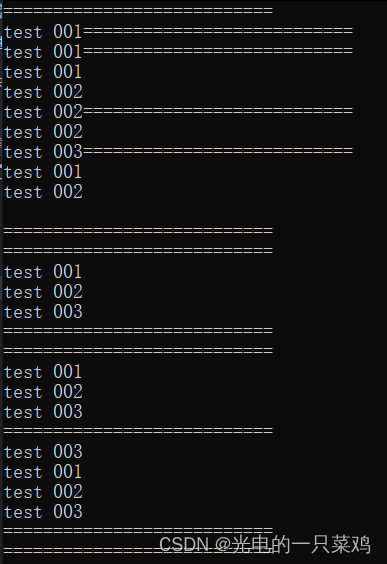
#include <iostream>
#include <thread>
#include <mutex>
static std::mutex mux;
void TestThread()
{
mux.lock();
std::cout << "===========================" << std::endl;
std::cout << "test 001" << std::endl;
std::cout << "test 002" << std::endl;
std::cout << "test 003" << std::endl;
std::cout << "===========================" << std::endl;
mux.unlock();
}
int main()
{
for (int i = 0; i < 10; i++)
{
std::thread th(TestThread);
th.detach();
}
getchar();
return 0;
}

